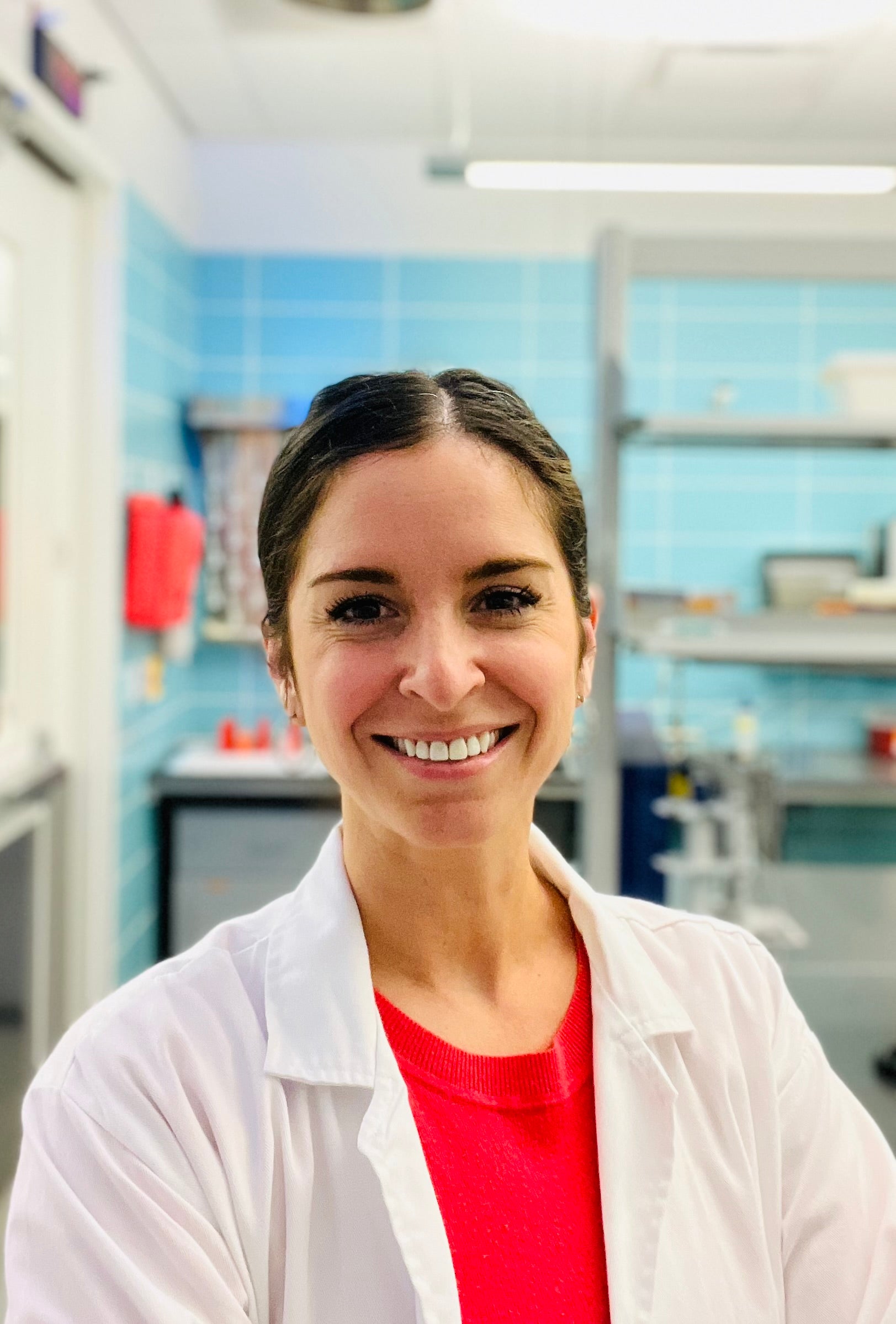Key Points
Researchers found that NMN offers several important benefits for skin exposed to UVB:
- Helped maintain healthy skin structure after UVB exposure
- Reduced inflammation and oxidative stress
- Supported liver health
- Modulated key metabolic and inflammatory pathways involved in skin damage
NMN’s Effect on Skin After UVB Damage Evaluated in Mouse Study
In this study, researchers used mice to model sun damage caused by ultraviolet B (UVB) radiation, the kind of UV rays that can burn your skin.
They divided the mice into four groups:
- Control group: Received no UVB and no treatment
- UVB group: Received UVB exposure and a saline (saltwater) injection
- Vitamin C (VC) +UVB group: Received UVB exposure and oral vitamin C (300 mg/kg/bw; used as a comparison, since vitamin C is a known antioxidant)
- NMN +UVB group: Received UVB exposure and NMN (300 mg/kg/bw) through an injection.
The researchers then looked at various aspects of the mice's skin and liver after four weeks, including their structure, levels of oxidative stress (damage from harmful molecules), and inflammation.
Healthier Skin Structure in NMN-Treated Mice
The skin of the NMN-treated mice maintained a more normal structure, with less thinning of the dermis (the deeper layer of skin) and less thickening of the epidermis (the outer layer) compared to the mice that only received UVB.

The figure above illustrates reduced dermal thickness in the UVB-exposed mice (UVB) compared to healthy, untreated mice (Control). Vitamin C-treated mice (VC+UVB) showed improved dermal thickness, but not fully restored. NMN-treated mice (NMN+UVB) provided superior protection, maintaining dermal thickness similar to healthy, unexposed mice.
“The thickness of the whole skin layer was significantly thicker in the mice in the NMN+UVB group than in those in the UVB group.”
They also had a more normal amount and arrangement of collagen fibers, which are important for skin firmness.
Boosted Antioxidant Levels
NMN treatment helped to increase the activity of antioxidant enzymes (SOD and CAT) in both the blood and skin, which help to neutralize harmful free radicals.
NMN also helped to keep levels of harmful substances including hydrogen peroxide (H2O2) and advanced glycation end-products (AGEs) lower.
“Compared with UVB treatment alone, VC and NMN treatment significantly increased the activity of T-SOD and CAT enzymes in the serum of mice and significantly decreased the contents of H2O2 and AGEs.”
Reduced Inflammation
UVB exposure typically increases mast cells, which drive skin inflammation.
NMN treatment significantly reduced mast cell numbers - similar to levels in healthy controls - suggesting it helped lower inflammation:
“After the mice were treated with NMN, the mast cells in mouse skin were significantly reduced, and the results were similar to the control group.”
The balance of pro- and anti-inflammatory molecules was improved in mice treated with NMN.
“NMN treatment significantly decreased the levels of TNF-α, IL-1β, and IL-6, and increased IL-4 and IL-10 levels in serum and skin of mice when compared with the UVB group.”
Improved Liver Health
Interestingly, the study also found that NMN helped to maintain the normal structure of the liver after UVB exposure, suggesting a broader protective effect beyond just the skin.
“The hepatocyte structure of the VC+UVB group and NMN+UVB group was improved compared with that of the UVB group.”
NMN Modulated Important Signaling Molecules
The researchers showed that NMN activated AMPK, a key energy-sensing pathway, while suppressing NF-κB, a major regulator of inflammation and stress responses.
“NMN intraperitoneal injection inhibited the activation of the NF-κB signaling pathway by activating the AMPK signaling pathway.”
Conclusion
NMN administered via injection showed a significant ability to protect mouse skin from damage caused by UVB radiation.
“Our experiment found that NMN intraperitoneal injection had an obvious protective effect on UVB-induced skin damage in mice.”
UVB-induced inflammation and oxidative stress was reduced by treatment with NMN.
“The changes of these two pathways by NMN regulated the expression and release of other oxidative and inflammatory indicators, thereby reducing the skin damage caused by UVB irradiation.”
This study aligns with a previous study that showed NMN had therapeutic effects on UVB-induced skin damage when administered orally.
“The protective effect of NMN administered via intraperitoneal injection on UVB-induced skin damage in mice is similar to the effect of oral gavage of NMN that we reported previously.”




